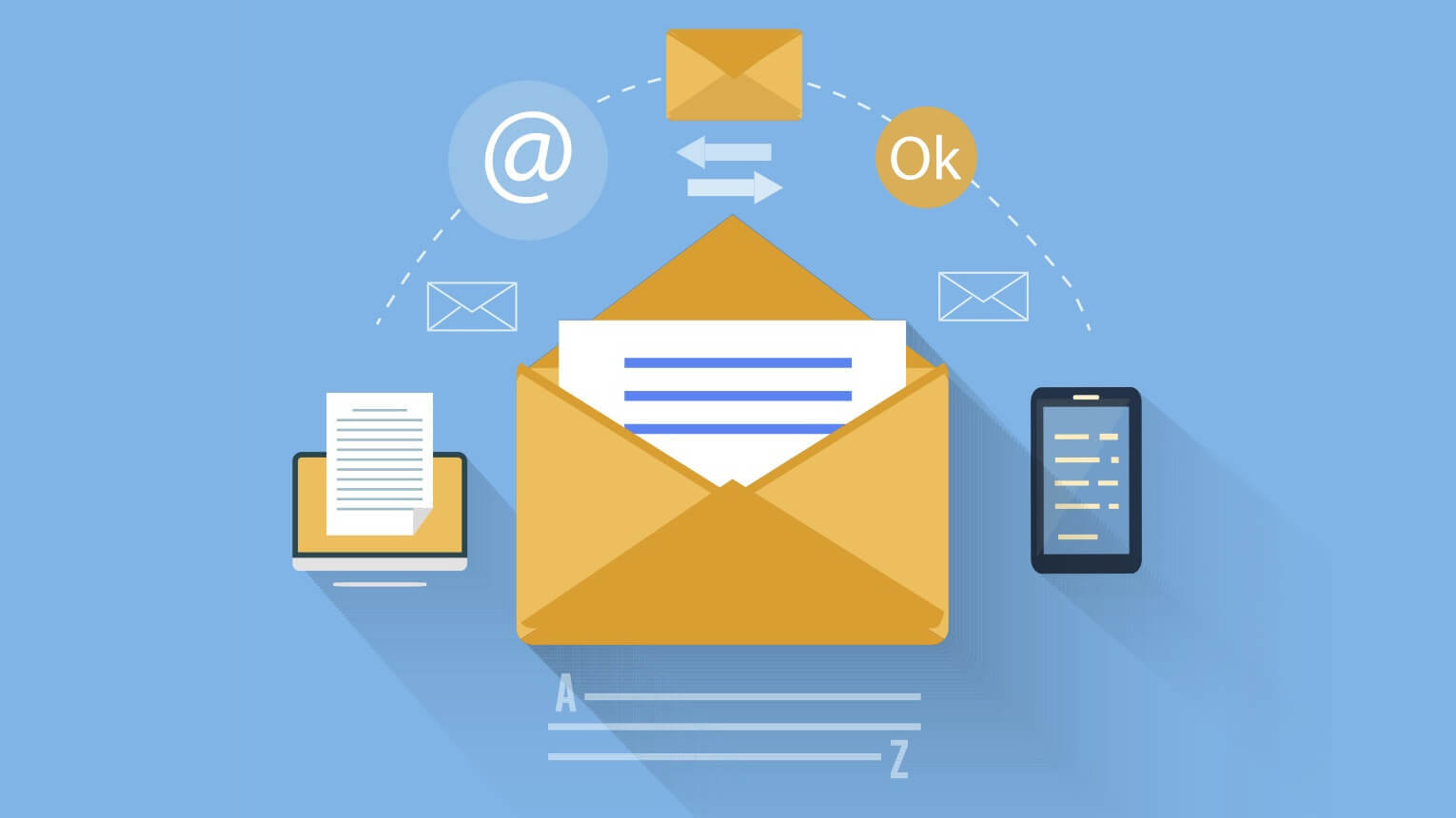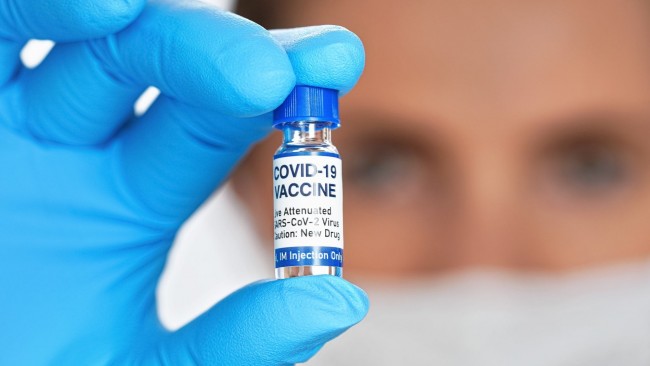Hamburg Europe’s major mobile network operators want to offer their customers so-called hologram phone calls. Deutsche Telekom, the British Vodafone, Telefónica (O2) from Spain and the French group Orange announced on Wednesday that they are cooperating with the start-up Matsuko, which has programmed a corresponding software. The network operators are interested in the development of a common platform for the transmission of three-dimensional real-time images, it was said.
It remained unclear to what extent the project goes beyond a mere declaration of intent. Investment amounts were not mentioned as well as a concrete schedule. According to a Telekom spokeswoman, the project is still “at an early stage”.
Practically, the so-called “holography” is supposed to resemble the communication of the characters in the science fiction series Star Trek. The passengers of the starship Enterprise were able to talk to three-dimensional images of their interlocutors early on.
However, the Matsuko solution is a bit more bulky: the called person sees the three-dimensional upper body of the caller in front of him through virtual reality glasses (VR glasses), who is looking into the selfie camera of his smartphone. The 3D hologram can be created using the camera data. However, the caller cannot see a hologram of the called person wearing the VR glasses. Holography only works in one direction.
The project should make it possible “to see a person virtually as a hologram with amazing realism,” promises Matsuko BOSS Matus Kirchmayer. So far, his solution is compatible with Apple’s iPhone and iPad, as well as the HoloLens 2 and NReal VR glasses, for example.
5G should make hologram phone calls easier
The plan is to transmit the hologram data across networks via the new platform in the future. After all, it does not make sense for customers to limit 3D calls only to their own infrastructure, according to Deutsche Telekom. It remained unclear whether customers of non-partners such as Deutsche 1&1, which is currently setting up its own network, will still be left out.
The telecommunications industry has been tinkering with hologram connections for a long time, which are technically possible, but very complex. The new, ultra-fast 5G mobile communications standard now makes their implementation much easier thanks to the high data rates that are possible with it.
As early as 2018, Vodafone demonstrated a hologram video call in a moving minibus in Aldenhoven. However, the project at that time was based on a different technology than the current project and was only moderately convincing visually. With the close cooperation of the industry, the technology is to be raised to a new level and turned into an everyday product in the future. It is estimated that the platform could be available to end customers in about two years.
Meanwhile, the big US tech companies such as Google or Meta are working on their own VR telephony solutions, which should work independently of the major network operators.








